Potato Peeling & Slicing Machine
Price 17000 INR/ Unit
Potato Peeling & Slicing Machine Specification
- Capacity
- 5-50 Kg/hr
- Automatic
- Yes
- Voltage
- 230/440 Volt (v)
- Feature
- ECO Friendly, Low Noice, Lower Energy Consumption, Compact Structure, High Efficiency
Potato Peeling & Slicing Machine Trade Information
- Minimum Order Quantity
- 1 Unit
- Payment Terms
- Cash Against Delivery (CAD), Cash Advance (CA), Cash in Advance (CID), Cheque, Western Union
- Main Export Market(s)
- Asia, Australia, Central America, North America, South America, Eastern Europe, Western Europe, Middle East, Africa
- Main Domestic Market
- All India, South India, Central India, West India, North India, East India, Gujarat, Karnataka, Kerala, Lakshadweep, Mizoram, Meghalaya, Manipur, Andhra Pradesh, Bihar, Chandigarh, Daman and Diu, Goa, Jharkhand, Odisha, Punjab, Assam, Delhi, Dadra and Nagar Haveli, Andaman and Nicobar Islands, Arunachal Pradesh, Chhattisgarh, Haryana, Himachal Pradesh, Jammu and Kashmir, Madhya Pradesh, Maharashtra, Nagaland, Rajasthan, Sikkim, Tamil Nadu, Telangana, Tripura, Pondicherry, Uttar Pradesh, Uttarakhand, West Bengal
- Certifications
- ISO
About Potato Peeling & Slicing Machine
Types of Potato Peeling & Slicing Machines
-
Manual Machines: These are generally smaller, less expensive, and suitable for home use or small-scale operations. They require manual cranking or turning to peel and slice potatoes.
-
Electric Machines: These are more automated and suitable for commercial use. They can peel, slice, and sometimes even dice potatoes with little effort. They™re ideal for restaurants or food processing facilities.
-
Combination Machines: Some machines combine peeling, slicing, and sometimes even cooking functions. These are convenient for large-scale operations.
Key Features to Look For
-
Capacity: Choose a machine with a capacity that fits your needs, whether it™s for a single household or a large commercial kitchen.
-
Peeling Mechanism: Different machines use various peeling mechanisms, such as abrasive peeling, rotary peeling, or chemical peeling. Each has its own advantages depending on the level of efficiency and the texture of the final product you want.
-
Slicing Options: Look for machines that offer different slicing options and thickness settings. This allows you to customize the slices for different recipes or presentations.
-
Ease of Cleaning: Machines that are easy to disassemble and clean will save time and reduce the risk of contamination.
-
Durability: Commercial-grade machines should be made from high-quality materials like stainless steel to ensure they can handle frequent use and tough conditions.
-
Safety Features: Ensure the machine has safety features such as guards or emergency shut-offs to prevent accidents.
-
Size and Storage: Consider the size of the machine in relation to your workspace. Some machines are bulky and may require dedicated storage space.
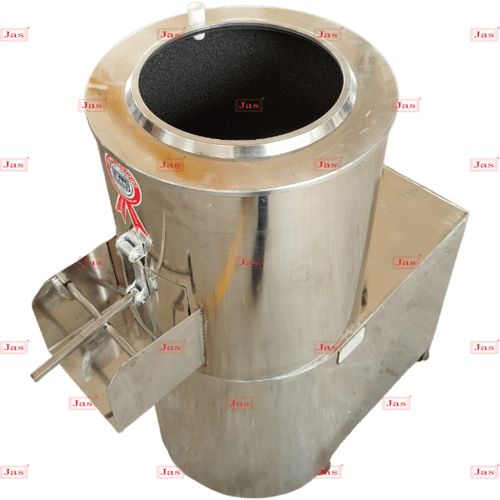
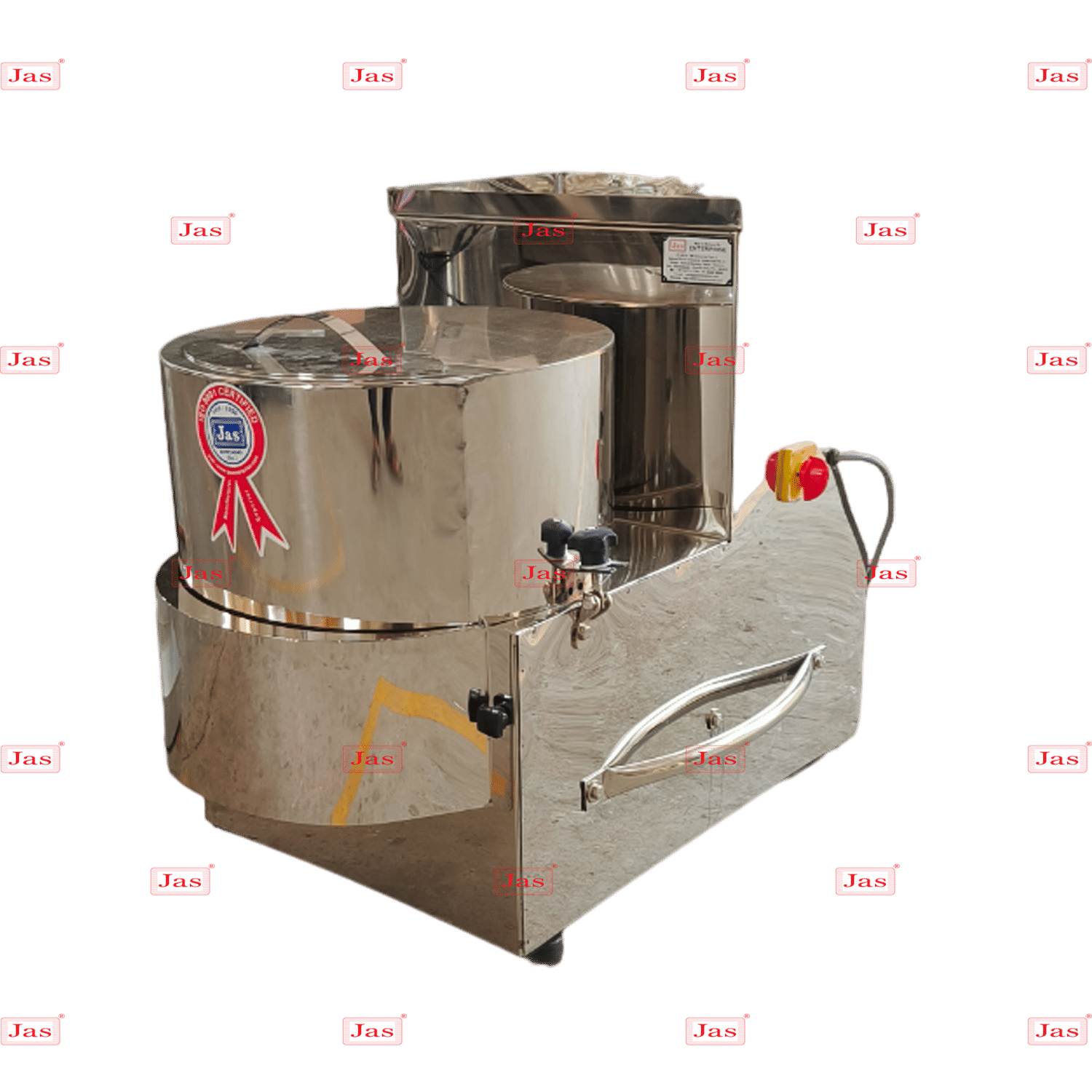
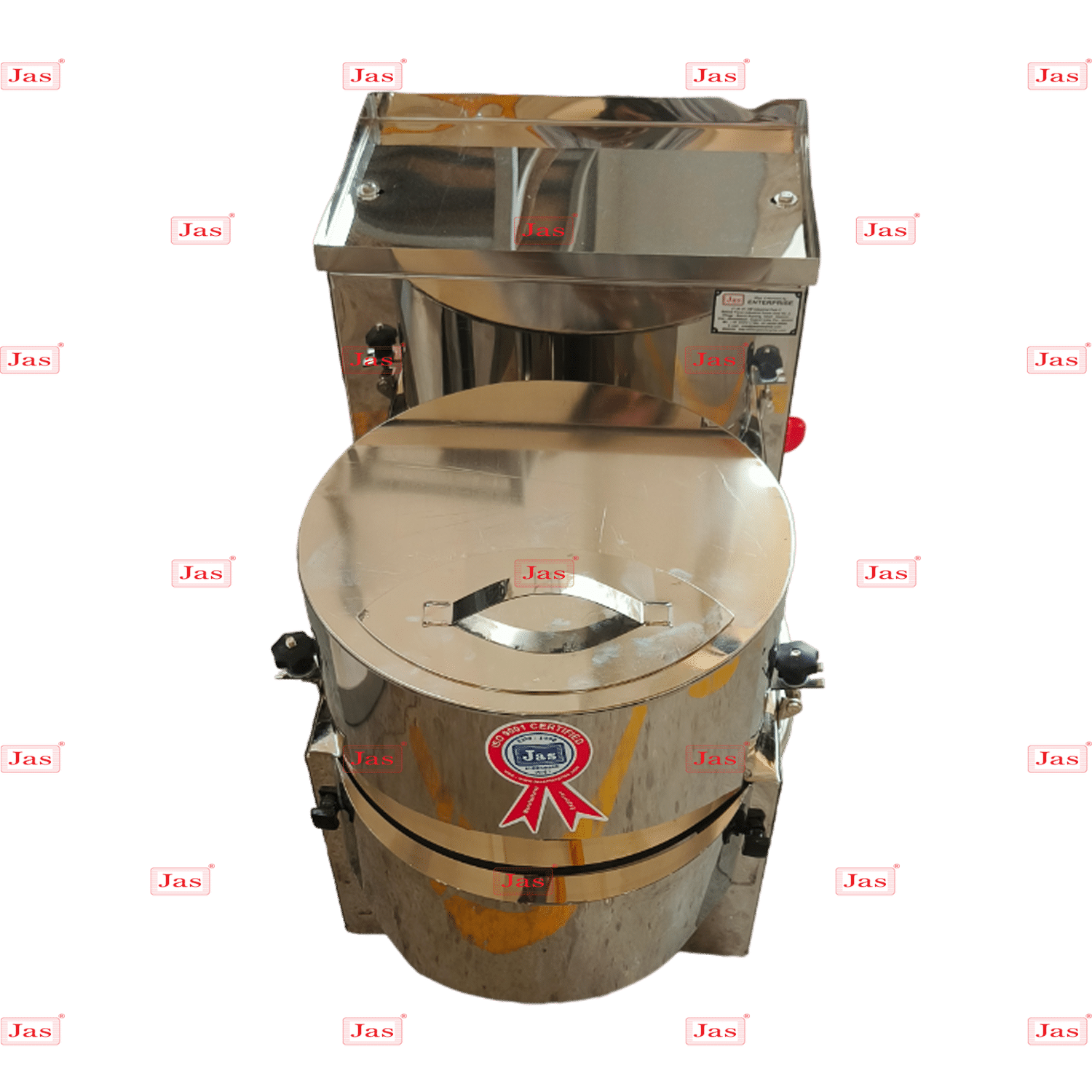
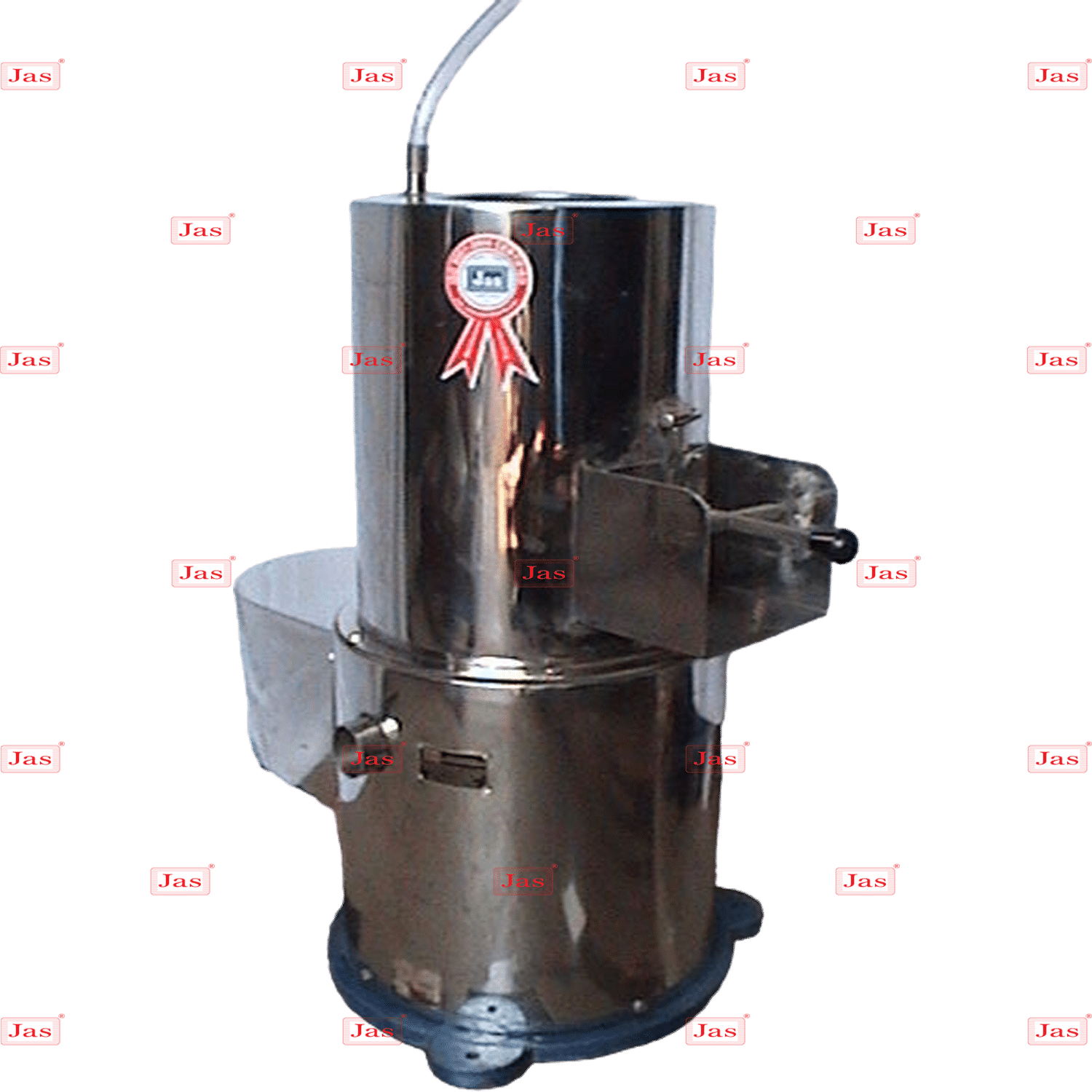

Price:
- 50
- 100
- 200
- 250
- 500
- 1000+
More Products in Food Processing Machinery Category
Kurkure Extruder Machine
Price 350000 INR / Unit
Minimum Order Quantity : 1 Unit
Automatic : Yes
Voltage : 110 to 440 Volt (v)
Feature : Lower Energy Consumption, High Efficiency, ECO Friendly, Low Noice, Compact Structure
Onion Cutting Machine
Price 4500 INR / Unit
Minimum Order Quantity : 1 Unit
Automatic : Yes
Voltage : 230/440 Volt (v)
Feature : ECO Friendly, Low Noice, Lower Energy Consumption, Compact Structure, High Efficiency
Capacity : 10150 Kg/hr
Juice Press
Price 6800 INR / Unit
Minimum Order Quantity : 1 Unit
Automatic : Yes
Voltage : 110 to 440 Volt (v)
Capacity : 250 kg/hour Kg/hr
Industrial Dried Fruit Roasting Machine
Price 114000 INR / Unit
Minimum Order Quantity : 1 Unit
Automatic : Yes
Voltage : 230/440 Volt (v)
Feature : ECO Friendly, Low Noice, Lower Energy Consumption, Compact Structure, High Efficiency
Capacity : 5500 Kg/hr

 Send Inquiry
Send Inquiry
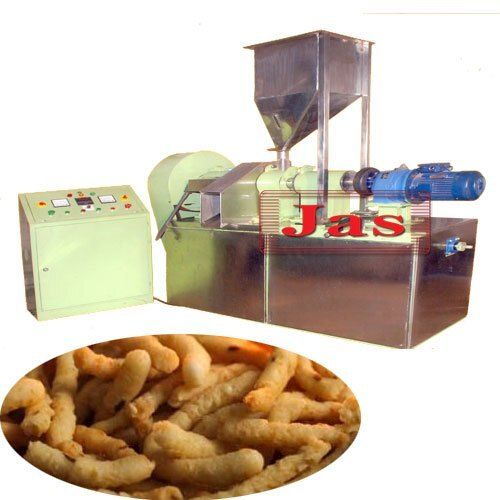
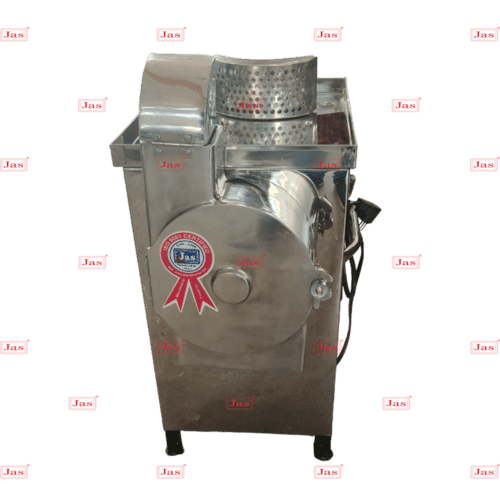
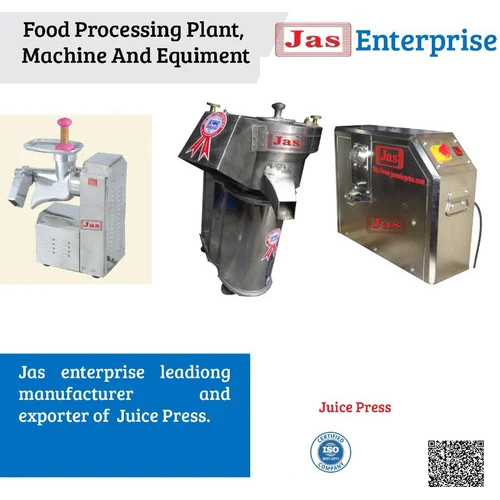
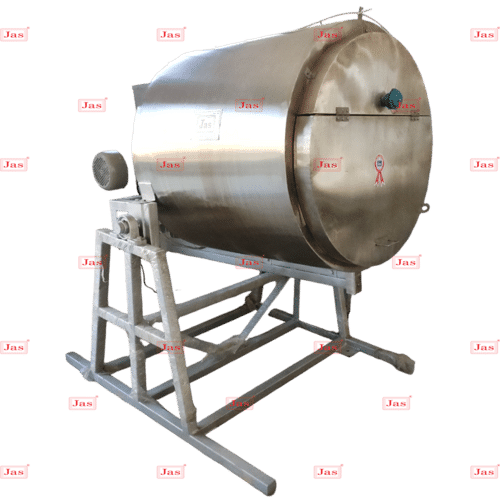


 Send Inquiry
Send Inquiry Send SMS
Send SMS